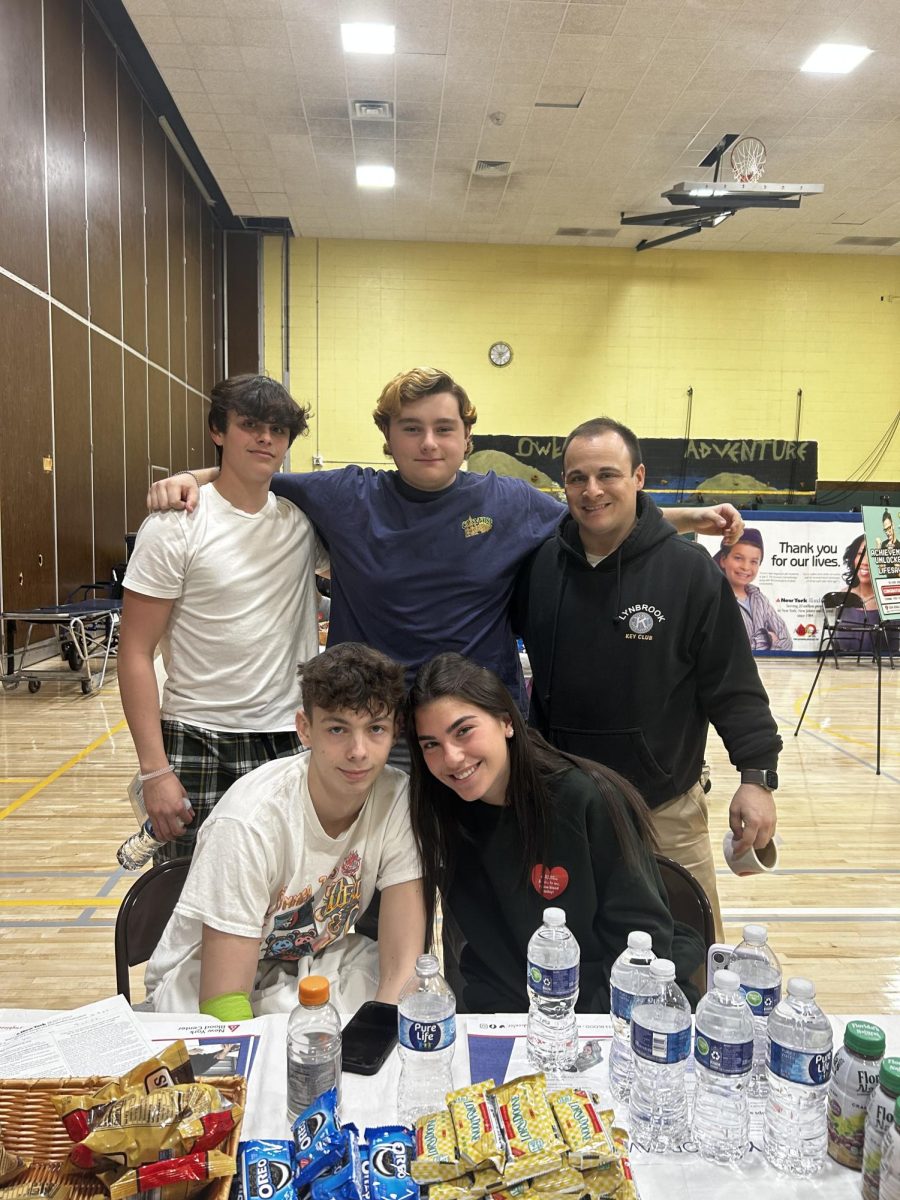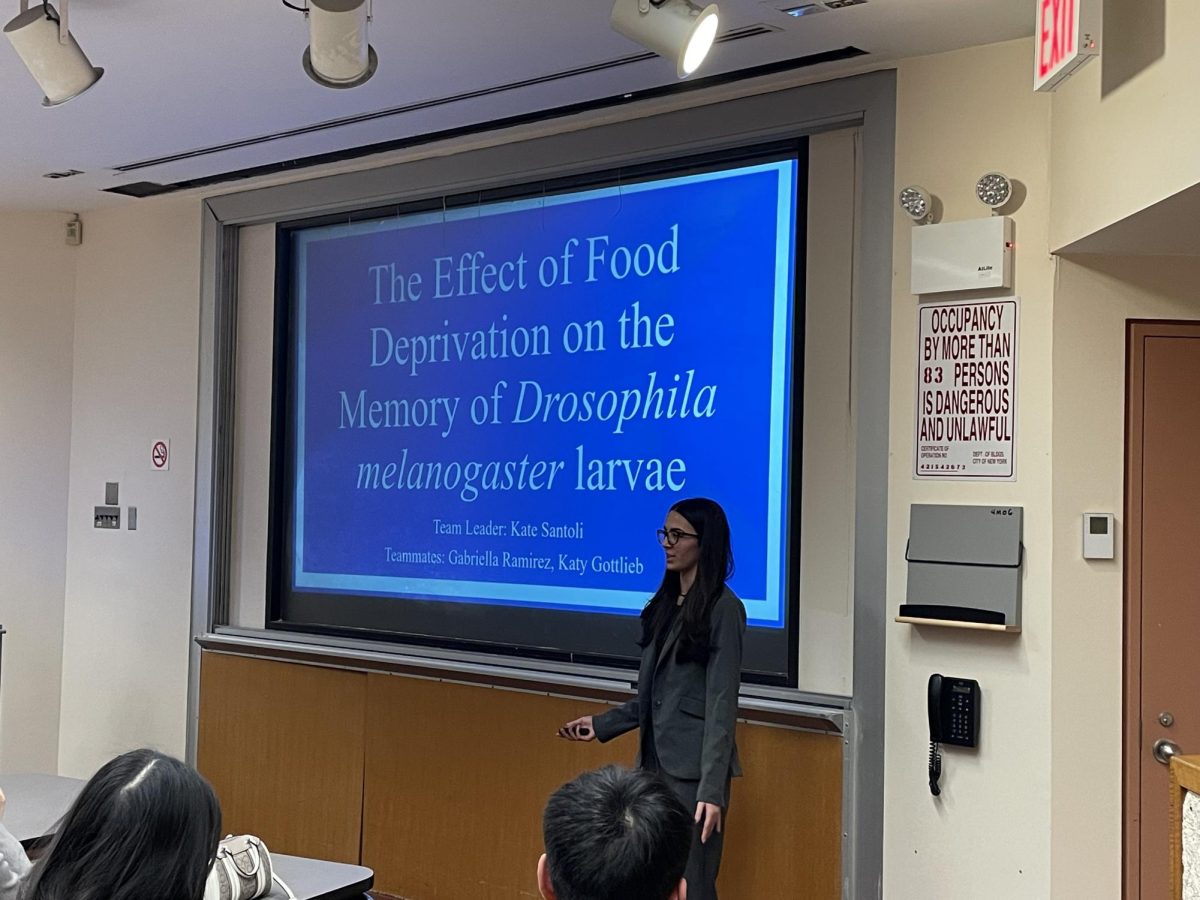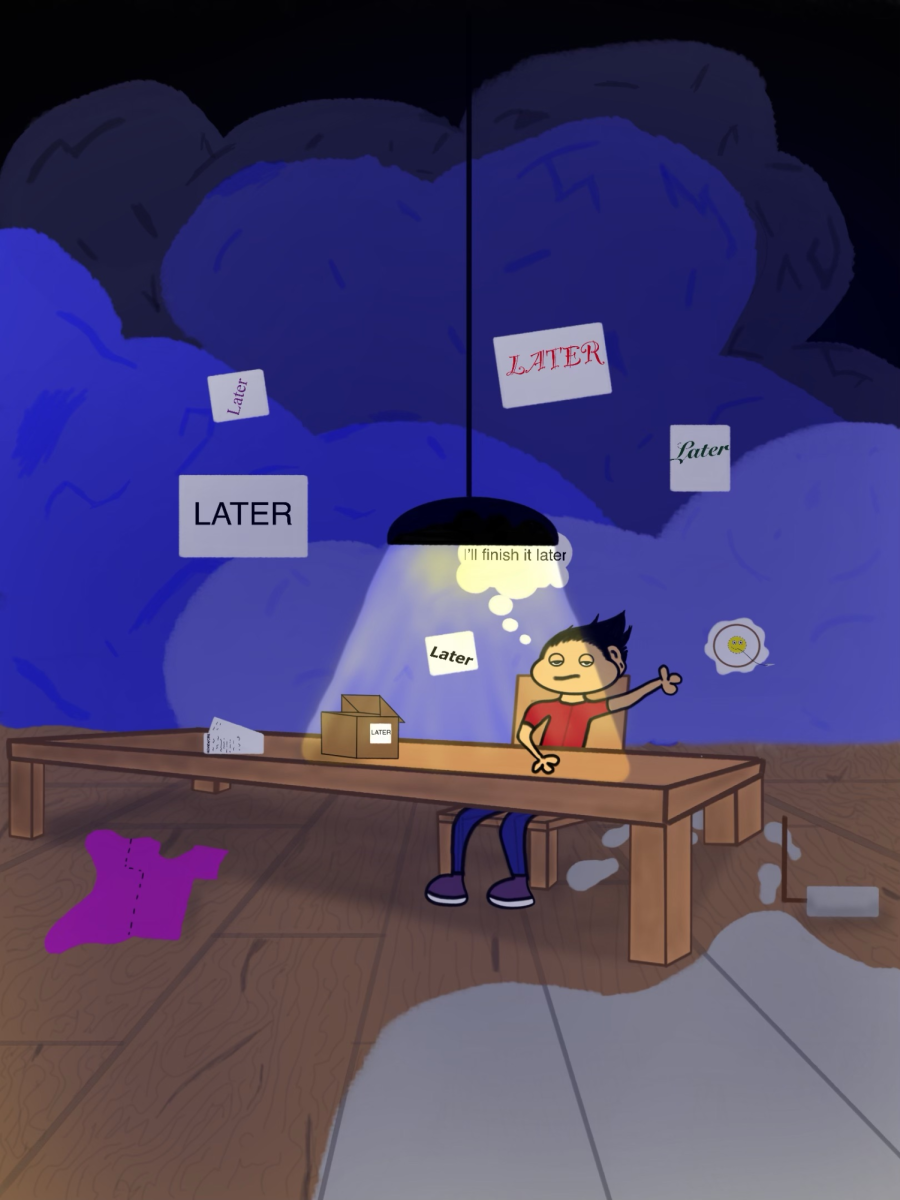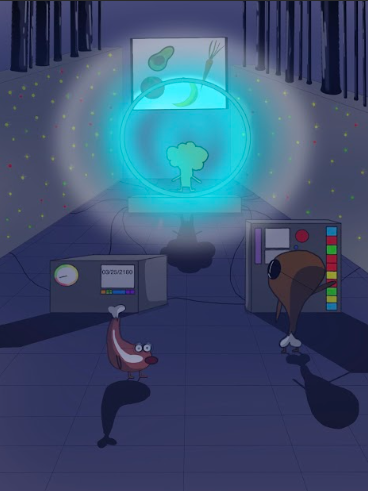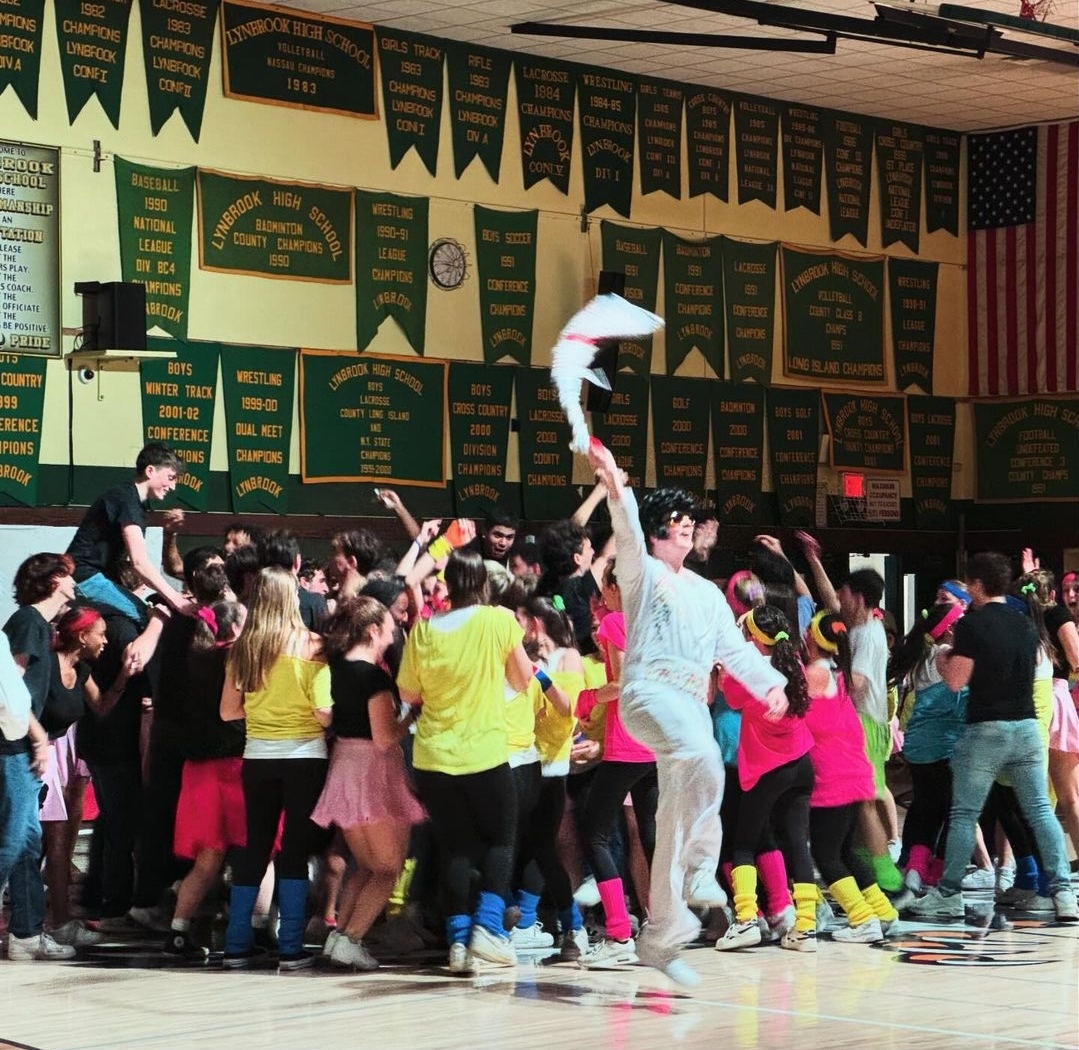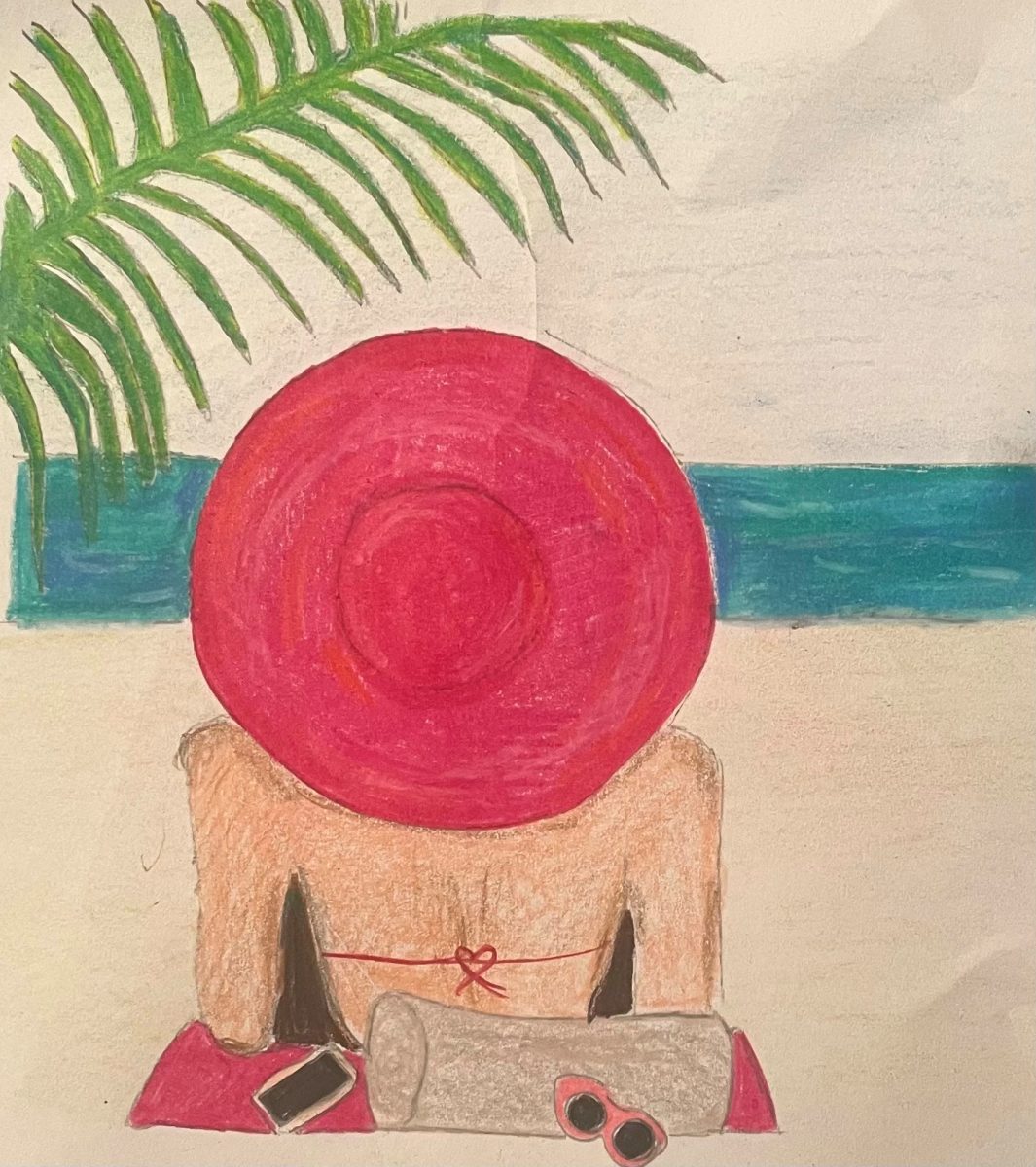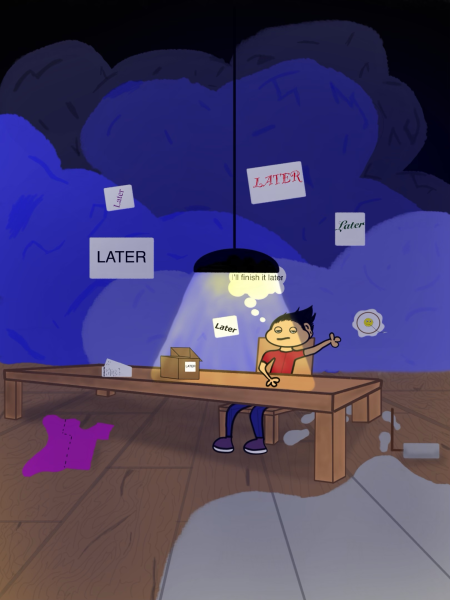Violent Video Game Effect on Adolescents
Video games have been a popular activity among adolescents. According to the journal, American Academy of Child & Adolescent Psychiatry, “On average, girls spend more than an hour per day playing video games and boys spend more than two hours.” Video game graphics have become more and more realistic over time. Research continues to surface showing evidence that video games have a negative impact on children. Many popular video games amongst children today highlights negative topics through its content including, Call of Duty, and Grand Theft Auto. Children have become numb to the reality of violence. These savage concepts exhibited in video games are changing the way adolescents behave.
Playing violent video games may diminish people’s reaction to violent behavior or violence in real life. In a study done by Social Psychologist Nicholas Carnagey, heart monitors were attached to students while they watched a clip of real-life violence. Students who admitted to having a great amount of exposure to violent video games did not have an increase in heart rate or physical reaction when watching real violence. Students who did not have any exposure to violent video games had a physical reaction such as a gasp and had an increase in heart rate. Carnagey believes that these video games are desensitizing children to real violence. Children who play video games excessively may have a likely chance to becoming numb to real-life violence. Ultimately, violent behavior has become less of a shock to these children; it has become normal.
Many avid video gamers disagree with these types of claims. Senior Isljam Purisic says, “I think it’s ridiculous [when people think video games make you violent] because people watch violent movies and no one complains about movies making people violent! It’s supposed to be for entertainment, it’s not real, and people blow it completely out of proportion.”
While there are no studies that have shown a link between violent video games and aggressive behavior, children have a more aggressive mindset when they are competing with someone on a video game. Violent movies and video games contrast each other. Violent video games are more interactive. When watching a violent movie, there is nothing interactive. Freshman Isaiah Durandisse says, “In video games, you control your character instead of watching it in a movie. This makes a difference because controlling the character makes the user feel like he/she is the character.” Controlling a character in a video game makes a child have a more aggressive mindset. Freshman Justin Sierra at Memorial Junior High School in Valley Stream says, “Violent video games are different than movies and TV shows because you control what happens.” In these video games, children are controlling their character to inflict damage on others. Violent video games influence the way young individuals think.
Many young people play these gory video games for entertainment. People have been concerned whether it is appropriate for them to be playing these games. Freshman Dillon Kelleher at Chaminade High School says, “Younger people might be more swayed to act out what they see in the game, but older people will not have the same problem.” On the contrary, Durandisse says, “Age does play a factor in the experience of playing violent video games. If you start playing at a younger age, you can be more of an aggressive person than someone who doesn’t play video games at all. Instead of becoming more aggressive, playing video games at a younger age might scare a child from doing things that happen in a game.” Regardless of what age a child starts to play violent video games, it affects the way he/she thinks.
Violent video games continue to be a popular activity among many. Playing these types of games continuously can seriously affect the mindset of young adolescents and turn children into numb, desensitized human beings. Children have become so engrossed by these video games that is has changed the way they think. Ultimately, violent video games are causing children to have a different perspective on violence.

